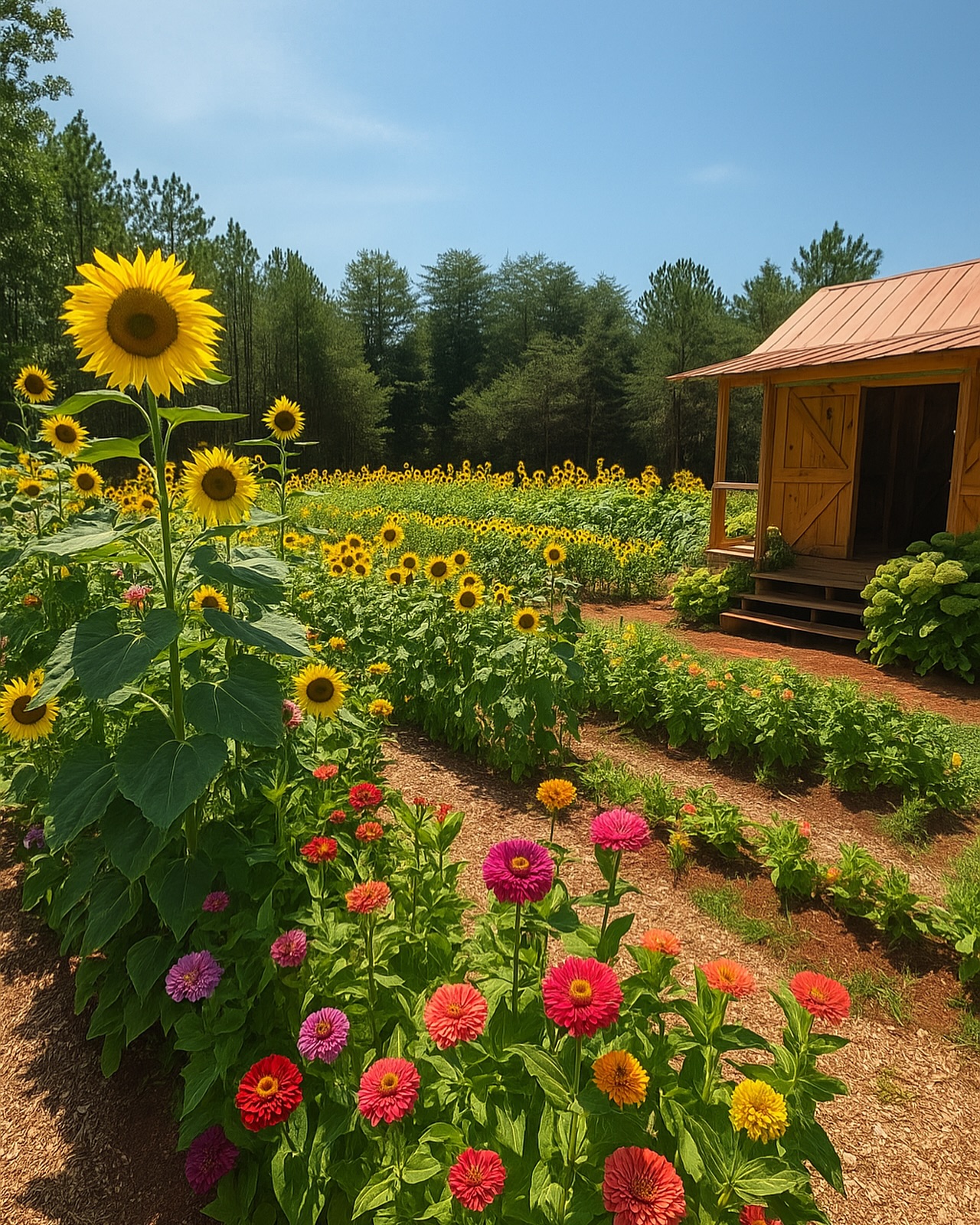Cold called for medicinal moonshine
Published 11:35 am Wednesday, January 11, 2023
|
Getting your Trinity Audio player ready...
|
Editor’s Note: Sadly, the Tryon Daily Bulletin recently lost one of its own, when Dean Campbell passed away on Dec. 29. His wit, his wealth of knowledge and his entertaining words will surely be missed on these pages. The community is better as a whole for having known “the Squire of Dark Corner,” and his family are in our prayers. In Dean’s honor, what follows is a reprint of one of his many beloved columns, first published in February of 2011.
Multiple inches of snow and ice blanketing the Dark Corner on several occasions this winter remind many present-day residents of cold, biting winters from the early portion of the 20th century which wreaked havoc in bouts with colds, influenza and pneumonia.
Trending
Few patented medicines were available in those days, and local doctors were forced to compound their own medications for treatments.
Each family had its own medicinal recipes and the major ingredient was homemade moonshine.
These fiercely independent Scots-Irish and borderline England settlers stubbornly refused to pay a governmental tax on their moonshine because they believed in their heart of hearts that it was their God-given, inalienable right to make it … for medicinal purposes.
They mixed their “white lightnin” with herbs, spices or fruits and used it to cure ailments.
For serious medicinal uses, however, the “white lightnin” was placed in charred oak kegs or barrels and buried for months to age (we covered a bit of this underground aging process in an earlier tale about Joe Pye weed).
The “chartering” of the moonshine produced a smoother, more potent beverage of a red-brown hue, similar to that of legal bourbon whiskey.
Trending
Aging of the “chartered” whiskey not only gave a better flavor but caused it to mix extremely well with native herbs, such as sassafras, ginseng, bloodroot, chamomile, tulip tree bark, wild cherry bark and yellow root, or spices, such as ginger, cloves, allspice, cinnamon and lemon or orange peel, to produce potent bitters, spring or fall tonics and internal body cleansings.
Three of the favorite recipes were used for sweating out the flu, controlling a nagging cough and settling a queasy stomach.
For those lucky enough to know a modern source for good moonshine, here are present-day versions of these three recipes.
Hot Ginger Toddy for sweating out the flu
Put a large Tablespoon of white sugar and a teaspoon of ginger in the bottom of a tall glass with a metal spoon inside it. Pour boiling water over the spoon and ingredients to fill the glass to 3/4 level. Stir in slightly less than 1/4 glass of “chartered” moonshine until the sugar and ginger are dissolved. Drink immediately as soon as the toddy temperature can be accommodated by the throat. Wrap warmly and go to bed. The ginger and moonshine will raise the body temperature and cause a good, therapeutic sweating during the night.
Pleasant-tasting syrup for a nagging cough
Mix together 1/4 cup each of honey and chartered moonshine; add a Tablespoon of lemon juice. Let the mixture flow slowly down the throat. If no lemon is available, boil rosemary leaves with a small amount of black pepper. Strain and add equal amounts of honey and “chartered” moonshine to make a syrup.
Blackberry “Wine” for a queasy stomach
To one quart of blackberry juice, add one pound of white sugar, and one Tablespoon each of cloves, allspice and cinnamon. Boil together for 15 minutes. Add a pint of “chartered” moonshine and pour into a large bottle while hot. Seal tightly. Once cooled, the blackberry “wine” is a good stomach settler. Give adults a full glass; children a half glass.
Note: These recipes can be made with plain “white lightnin” (since very few people “charter” it nowadays) or bottled and bond bourbon. Be advised, however, that the medicinal effect will not be as potent (or enjoyable).






